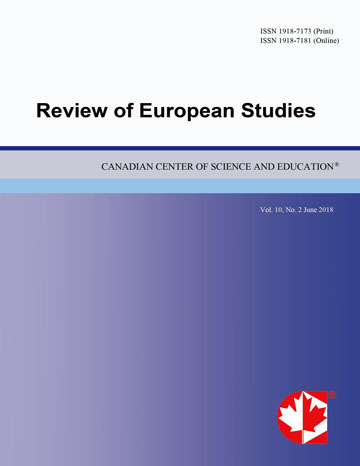European Entrepreneurship Reinforcement Policies in Macro, Meso, and Micro Terms for the Post-COVID-19 Era
- Dimos Chatzinikolaou
- Michail Demertzis
- Charis Vlados
Abstract
In today’s unprecedented transformation in the global socio-economic system caused by the COVID-19 pandemic crisis and the escalating fourth industrial revolution, reinforcing innovative entrepreneurship appears a significant policy objective that can lead to overall socio-economic development. In this drastically changed context, entrepreneurship support policies seem that they need to be both conceptually and practically readjusted, simultaneously at the macro, meso, and micro levels. This paper investigates the case of public entrepreneurship policies in the European Union (EU), aiming to find specific patterns and suggest a new multilevel policy framework. Initially, the article offers a brief overview of the related trends created in the emerging post-COVID-19 era. Next, the “competitiveness web” perspective in terms of “macro-meso-micro” level synthesis is presented, considering that it can function as a theoretical framework for entrepreneurship reinforcement. Recent EU entrepreneurship support policy guidelines are then explored, emphasizing the latest trends and the development opportunities arising with the EU Recovery and Resilience Facility establishment to deal with the consequences of the current health and socio-economic crisis. Upon this basis, the paper concludes in a proposal for an integrated “macro-meso-micro” policy, placing at the epicenter the mechanism of the Institutes of Local Development and Innovation (ILDI). This policy aims to strengthen the spatially-located firms to reposition and readapt the “Stra.Tech.Man” potential they have and activate in their local business ecosystem (strategy-technology-management synthesis).
- Full Text:
 PDF
PDF
- DOI:10.5539/res.v13n2p39
Index
- ACNP
- CNKI Scholar
- DTU Library
- Elektronische Zeitschriftenbibliothek (EZB)
- EuroPub Database
- Excellence in Research for Australia (ERA)
- Genamics JournalSeek
- Google Scholar
- Harvard Library
- HeinOnline
- Infotrieve
- JournalTOCs
- Mir@bel
- Open policy finder
- RePEc
- ResearchGate
- ROAD
- Scilit
- Technische Informationsbibliothek (TIB)
- The Keepers Registry
- Universe Digital Library
- WorldCat
Contact
- Paige DouEditorial Assistant
- res@ccsenet.org
